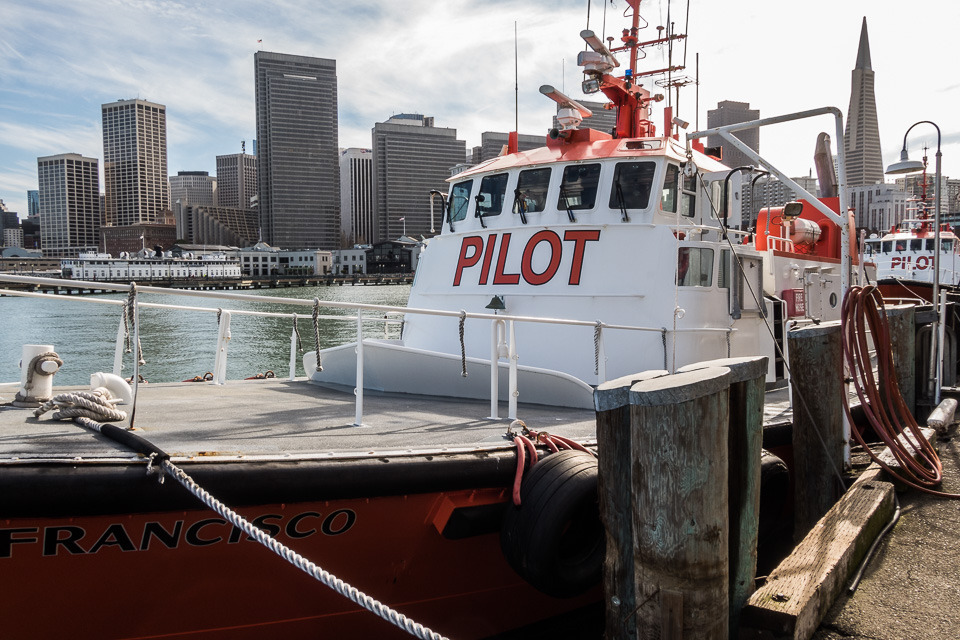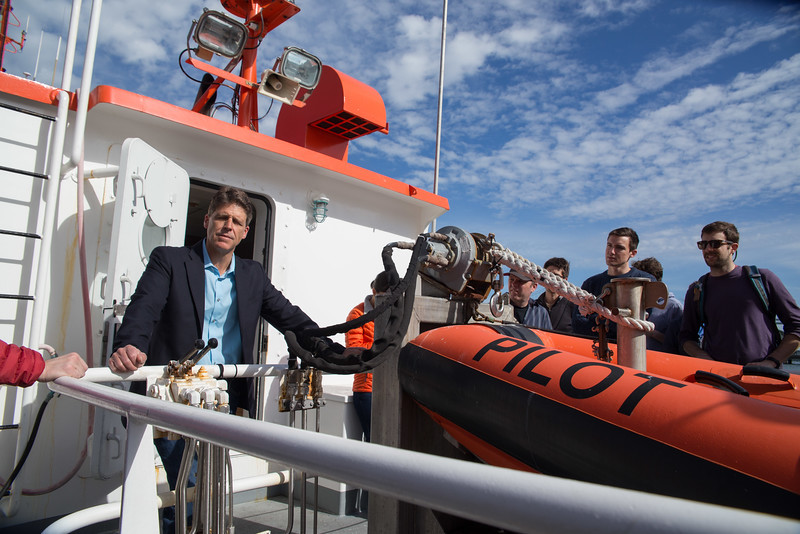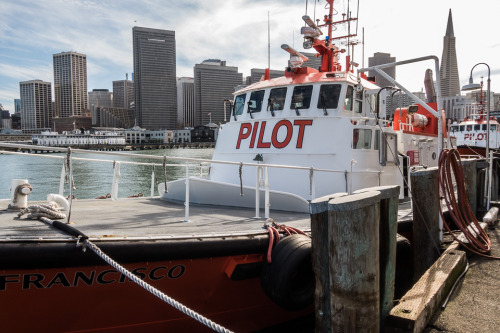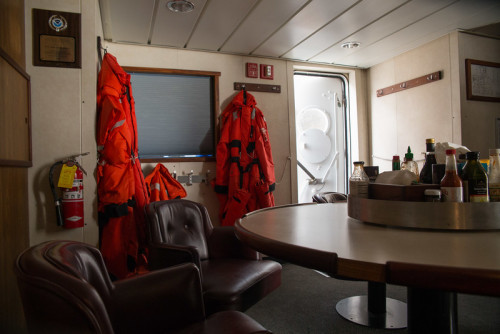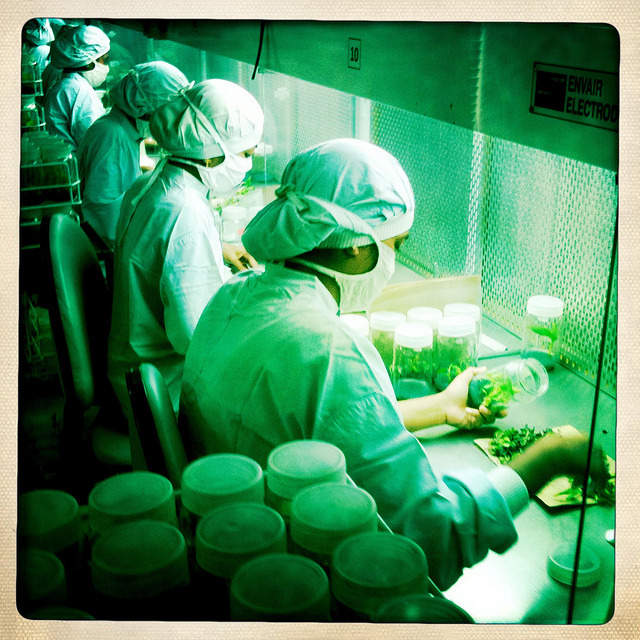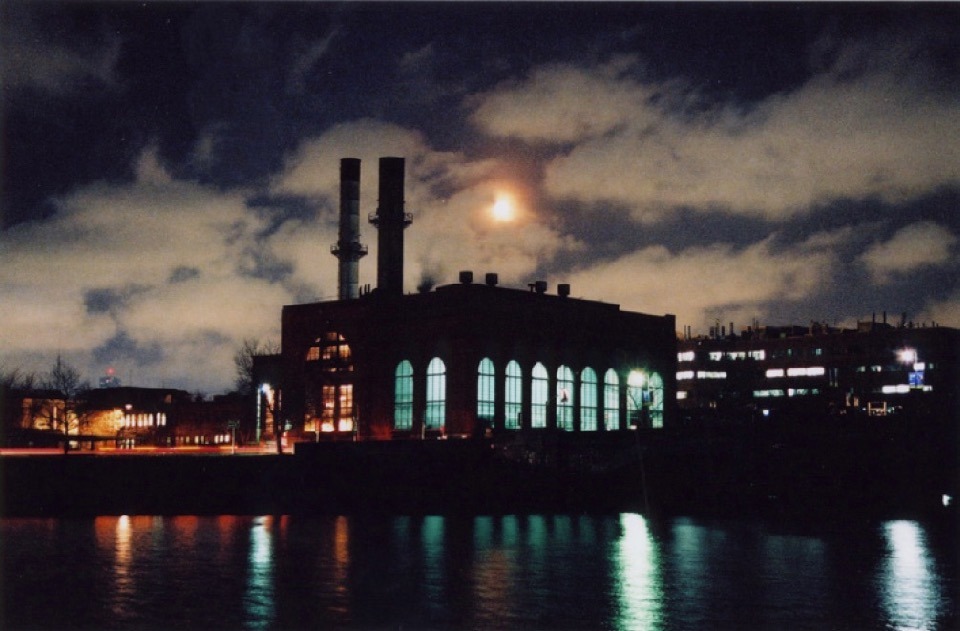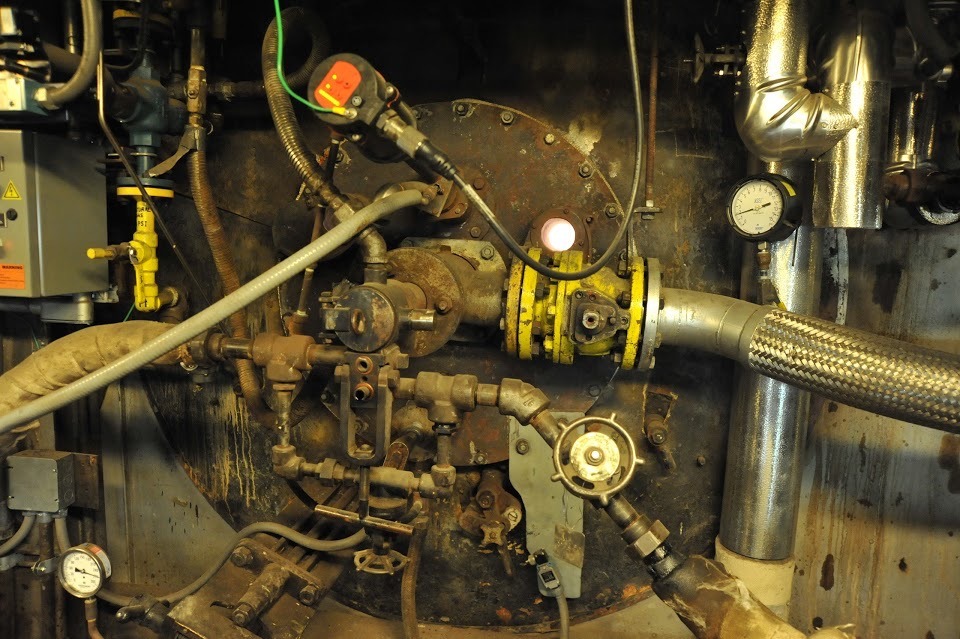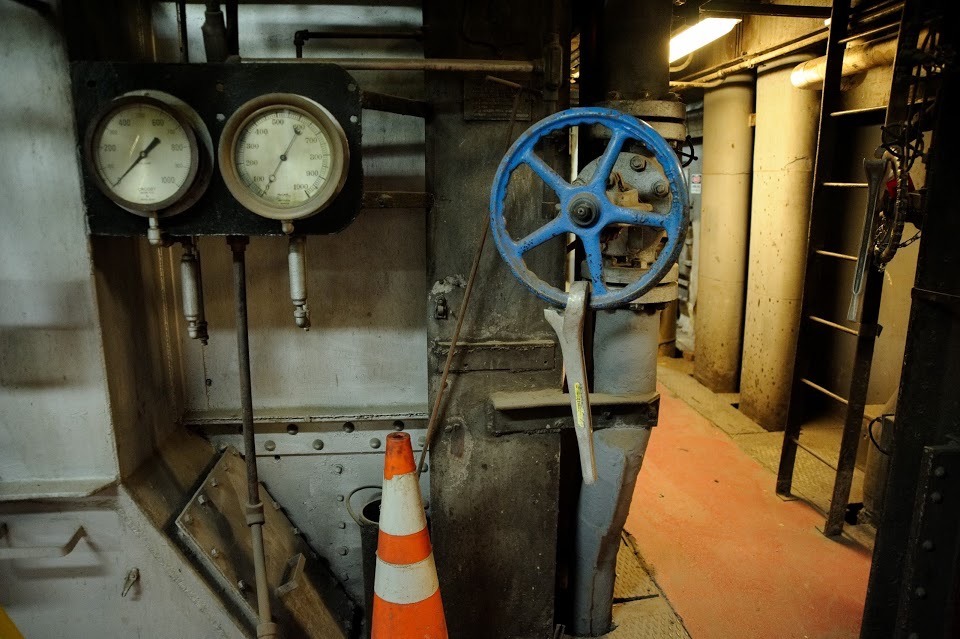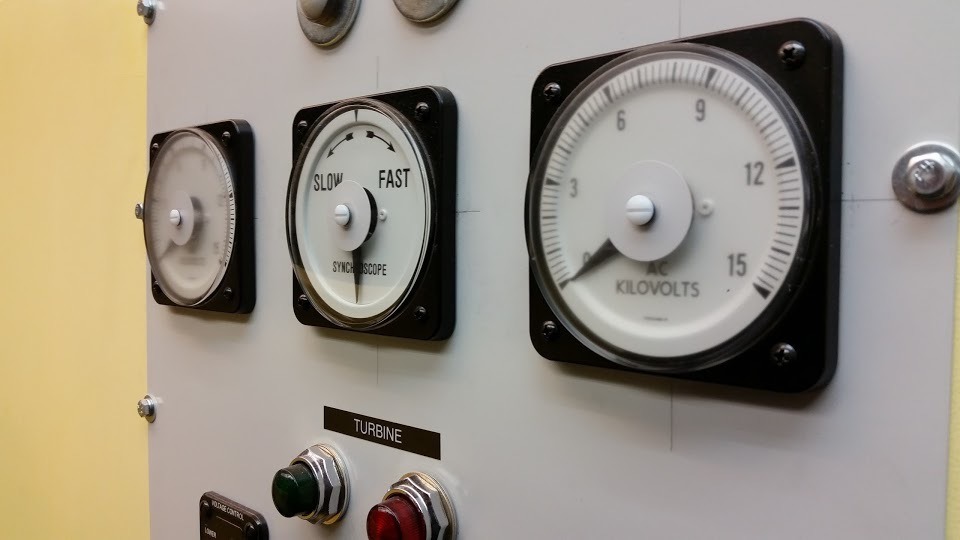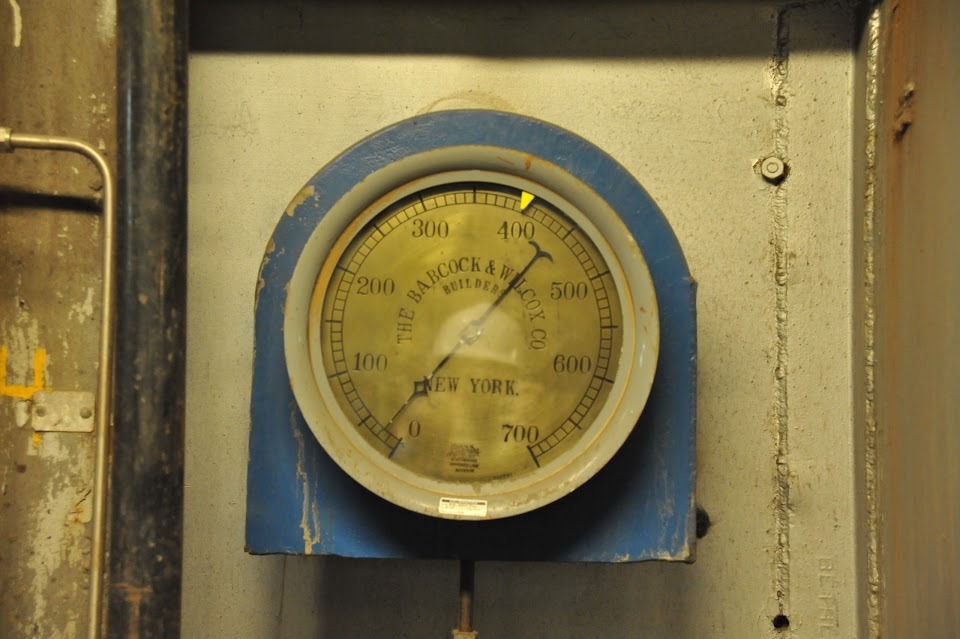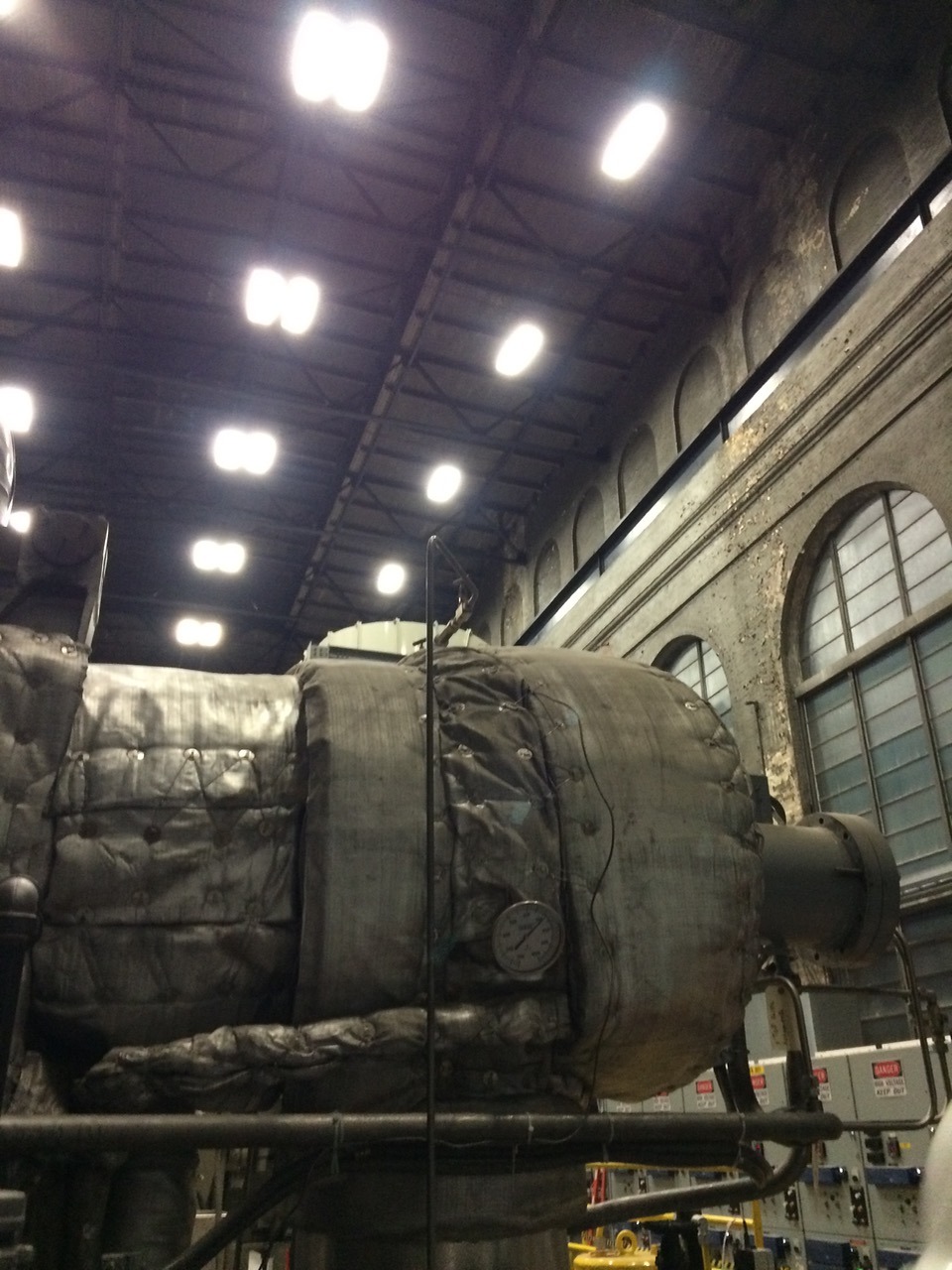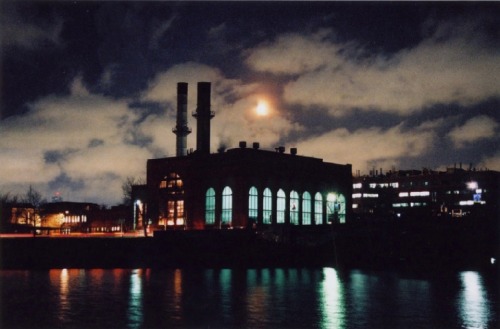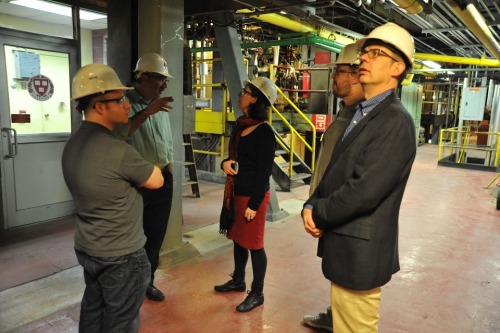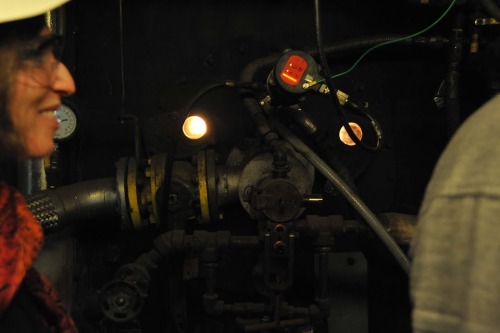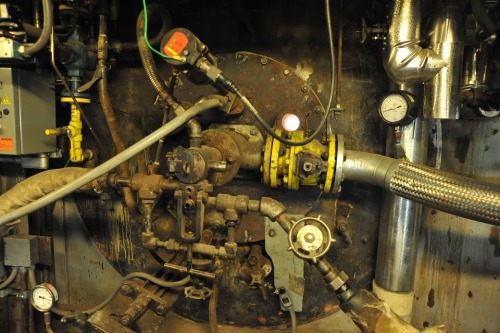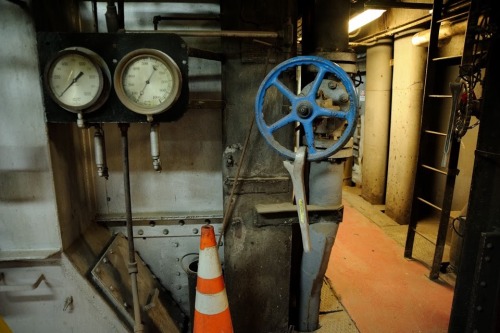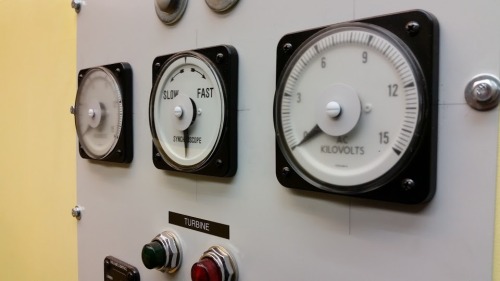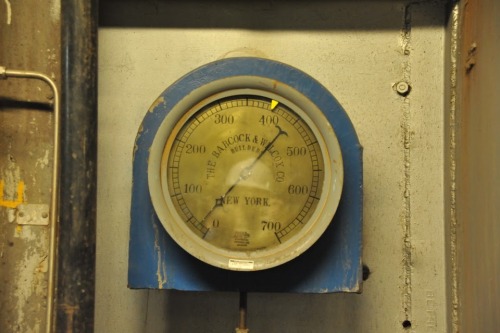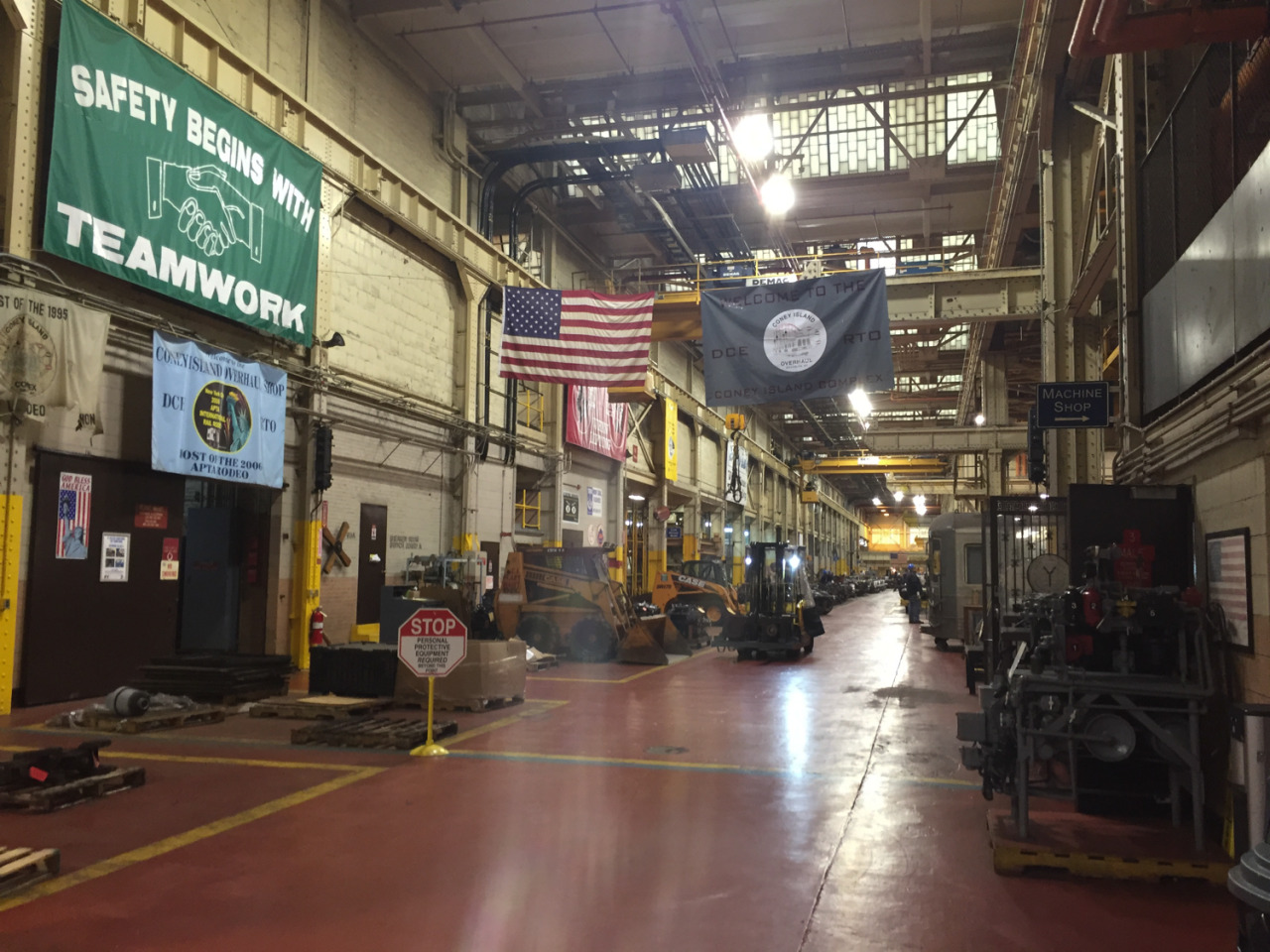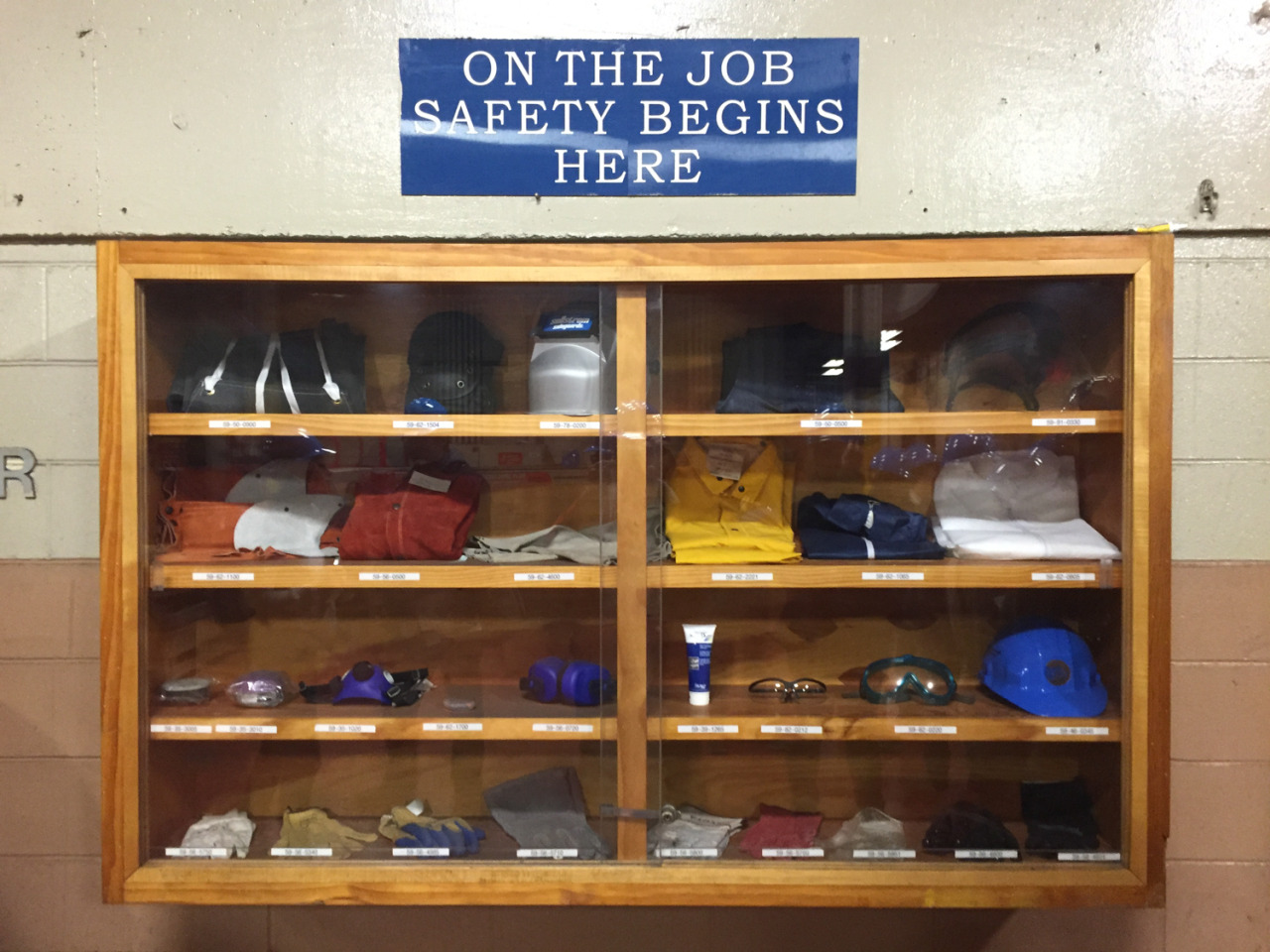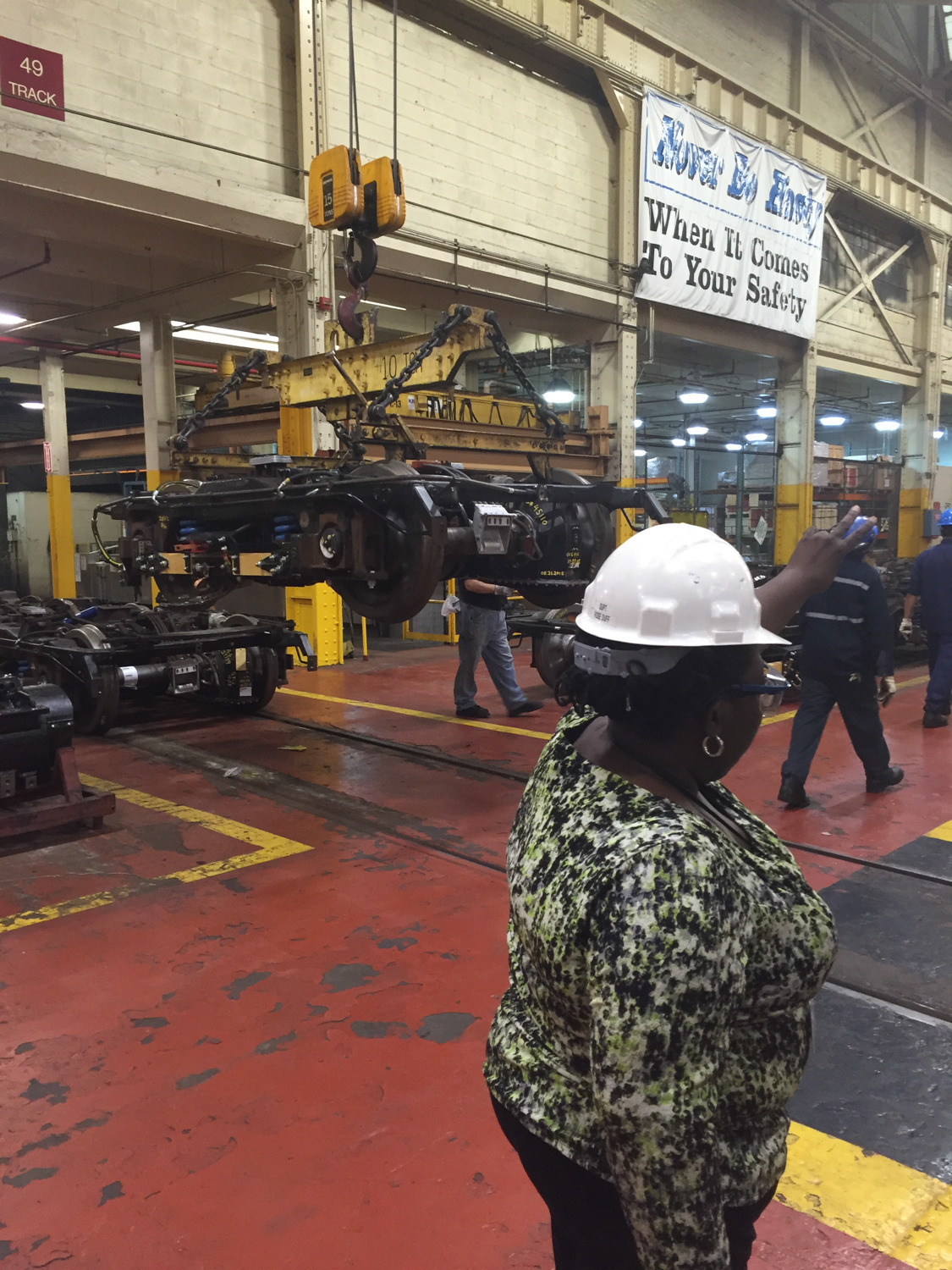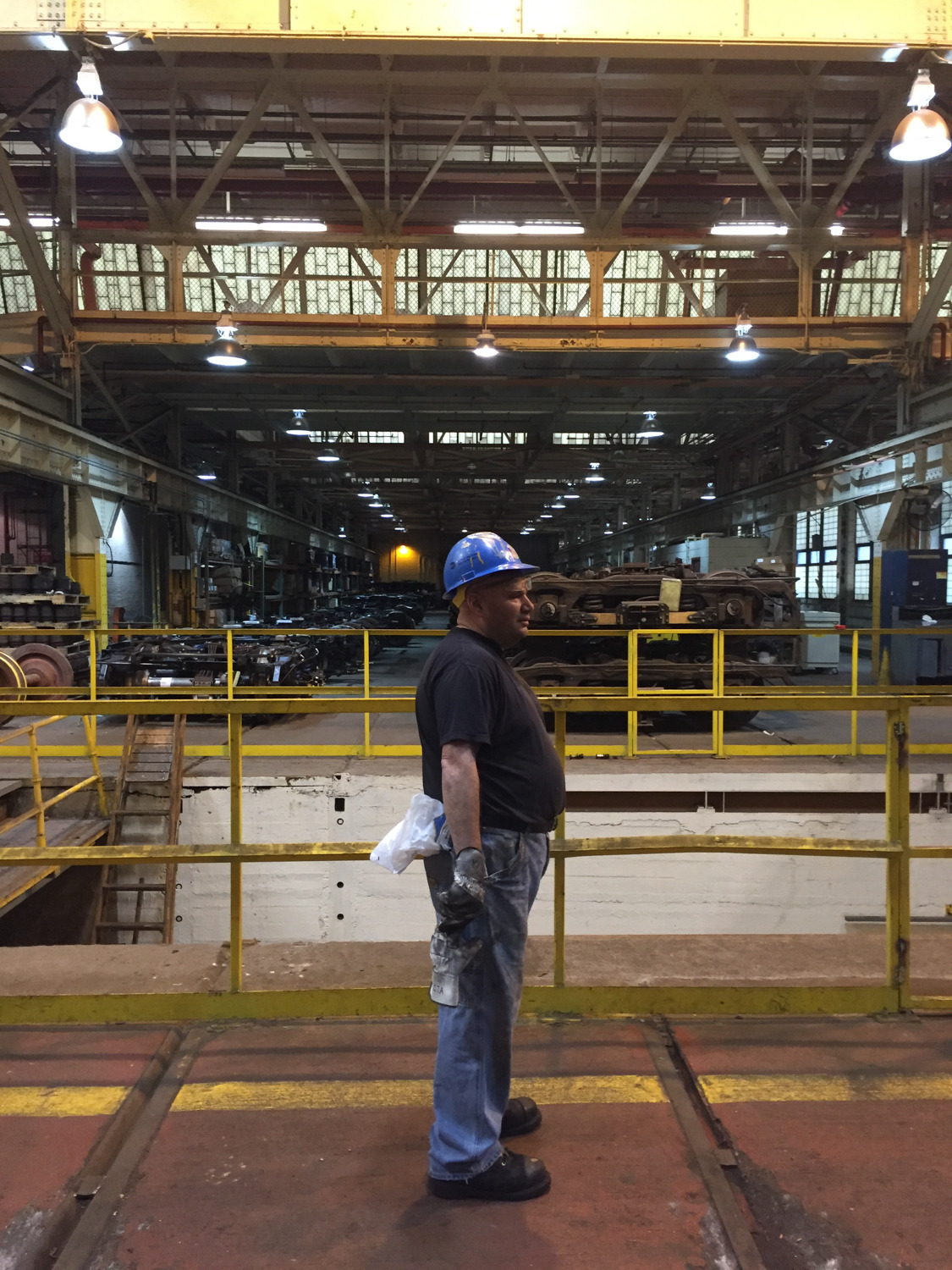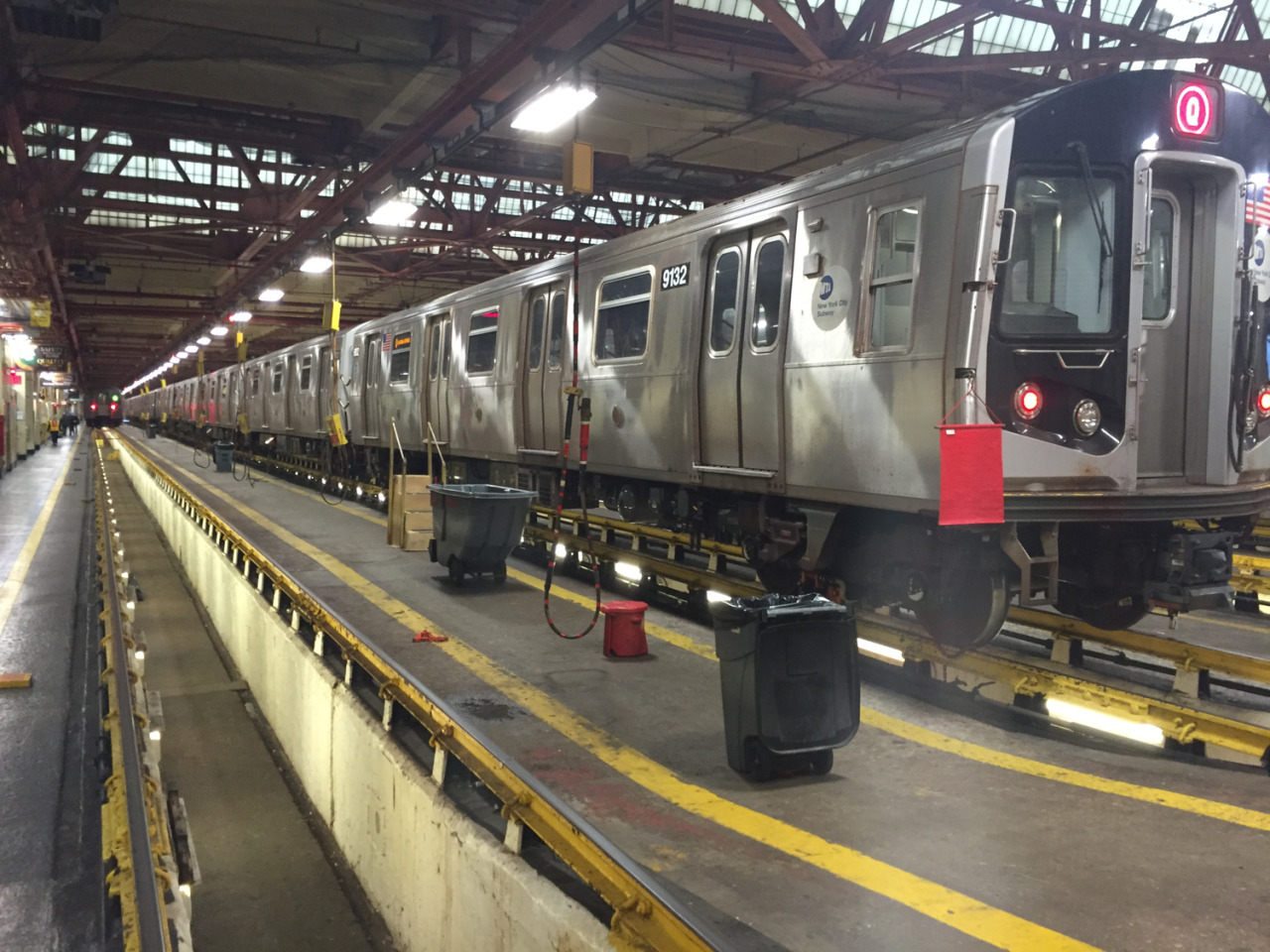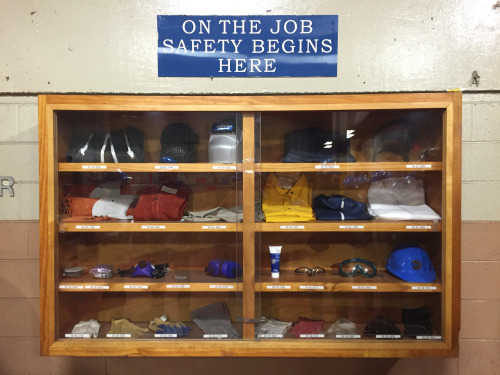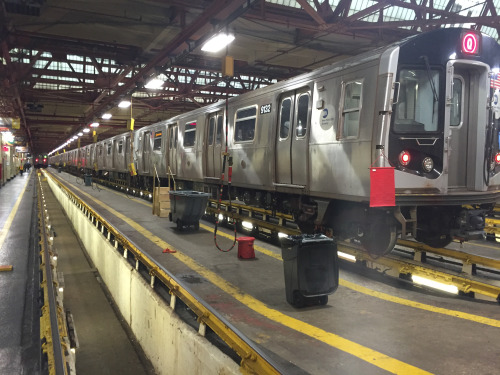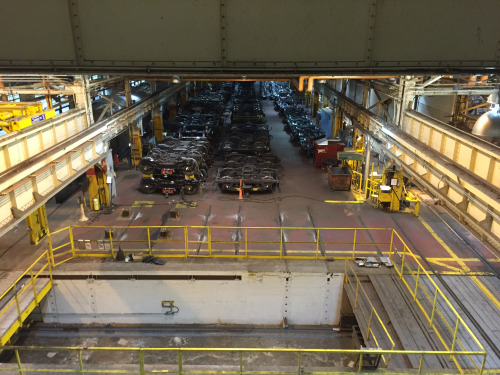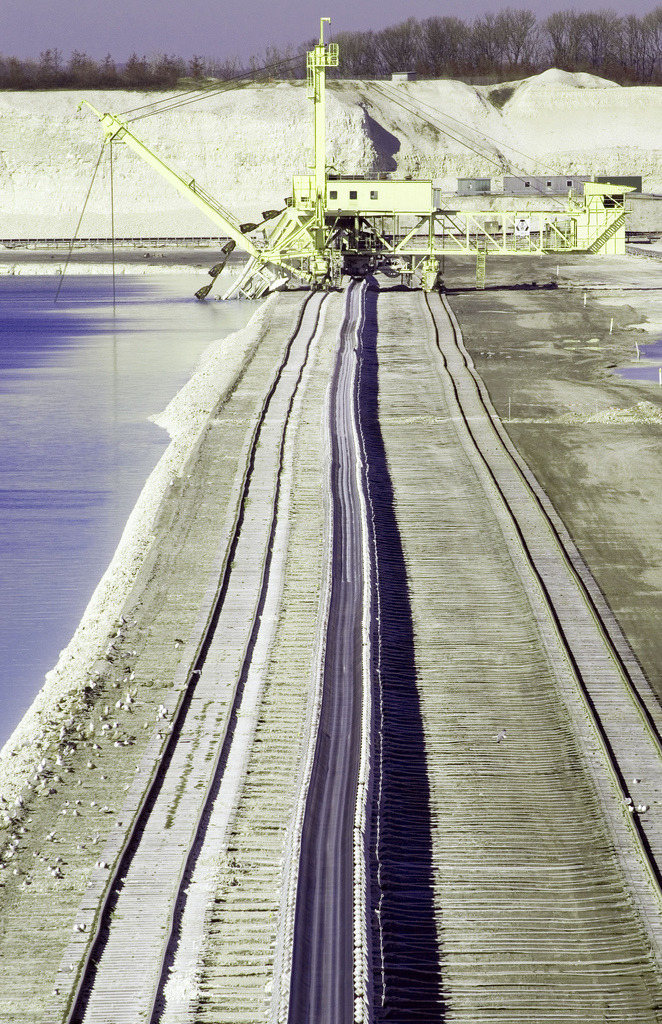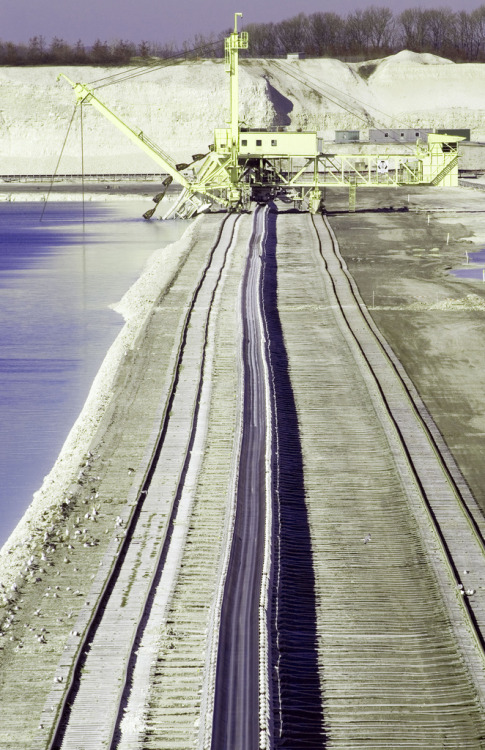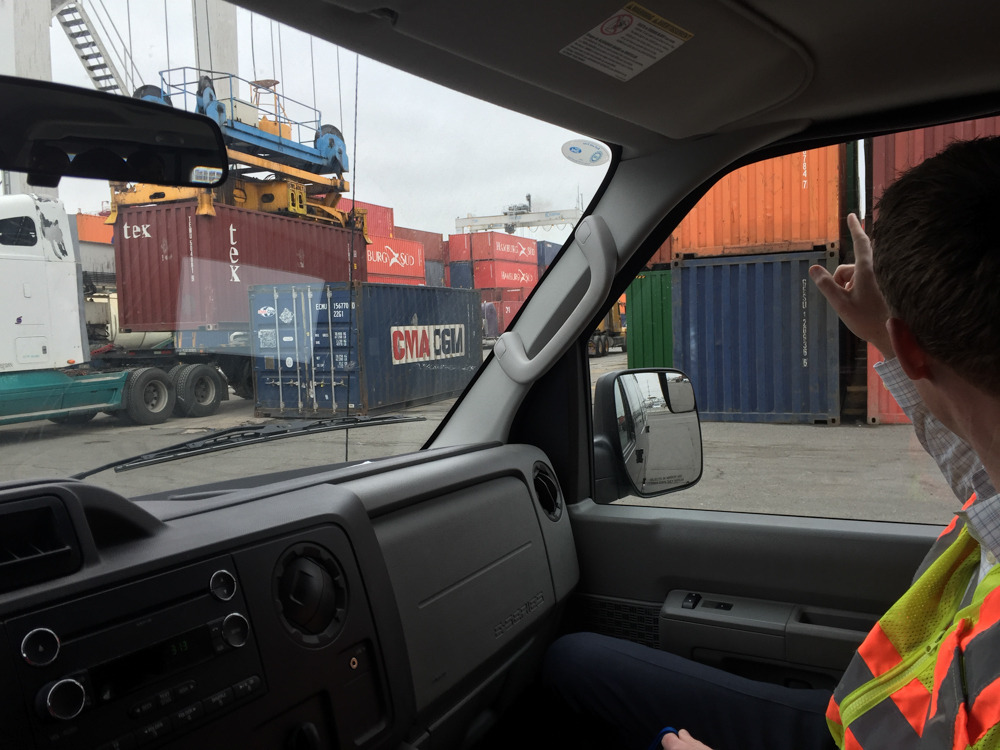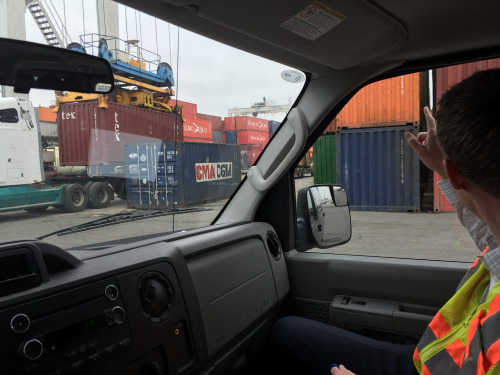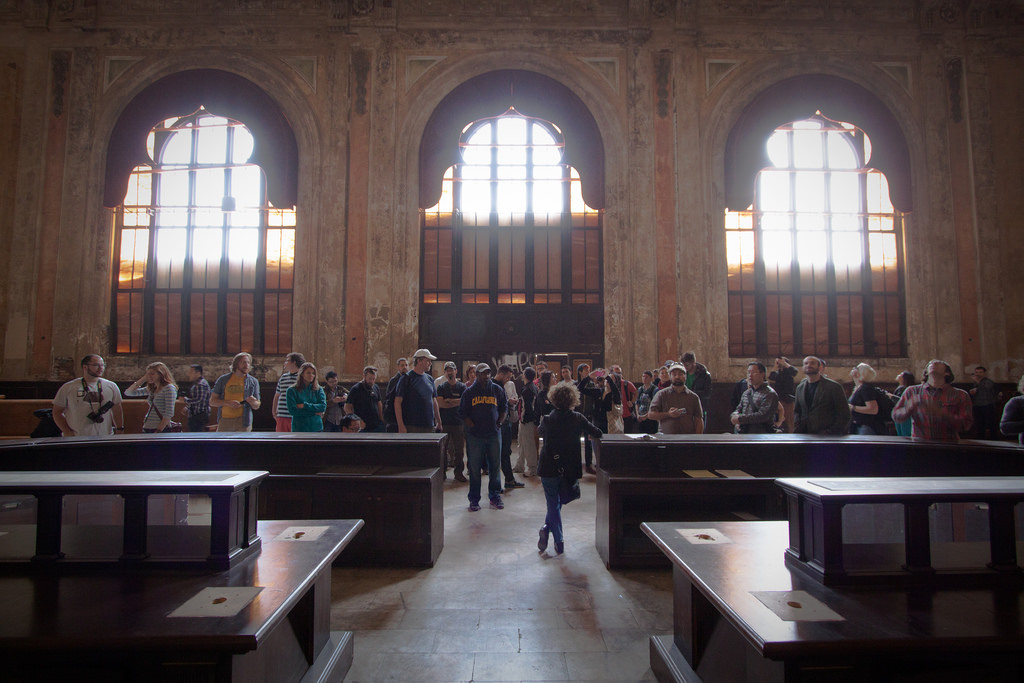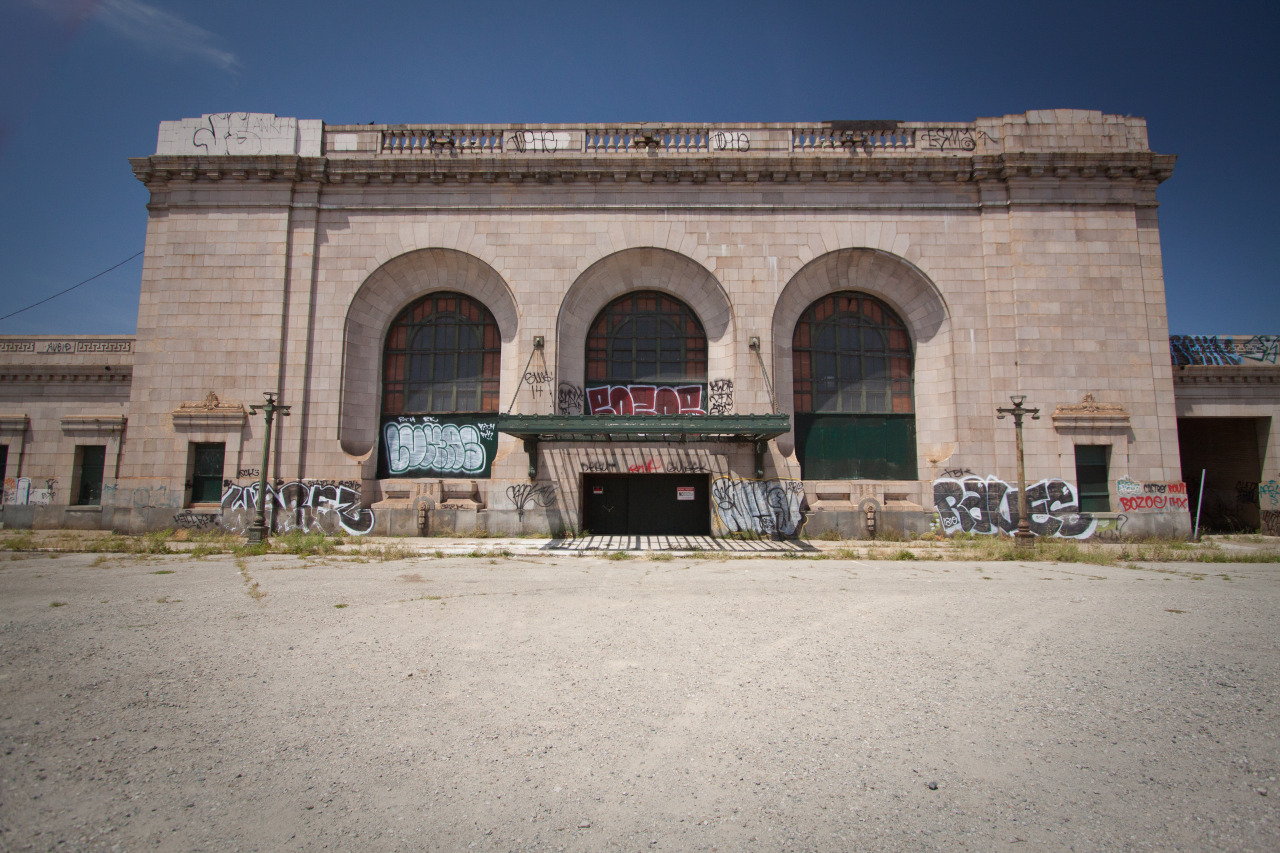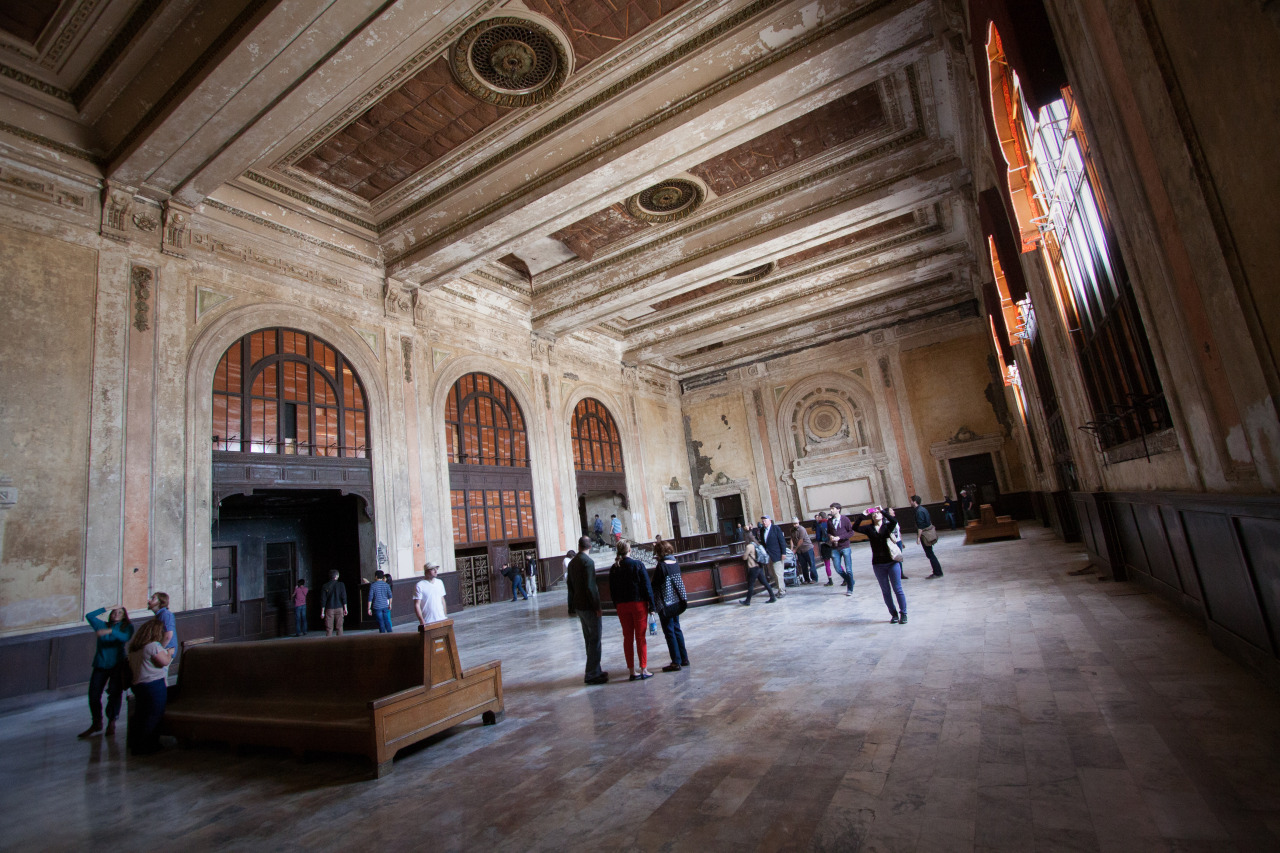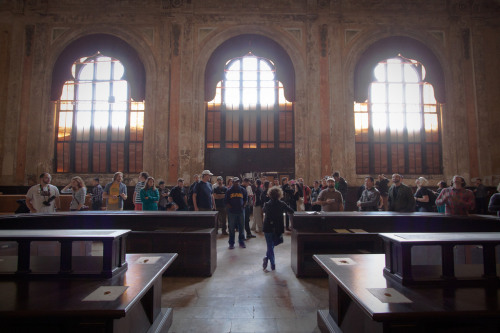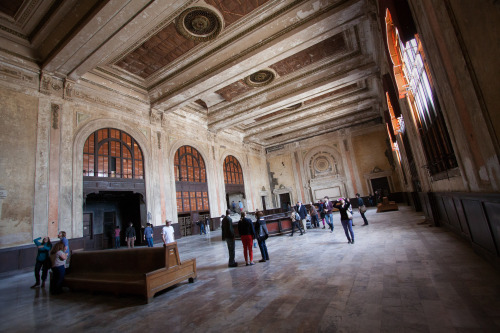SGIO #1: Senoko Waste-to-Energy Plant
1st April 2017
Singapore Infrastructure Observatory (SGIO) held its first visit on March 3 to the Senoko Waste-to-Energy (WTE) Plant.
The Visit
During our tour, we then visited the tipping bay where 500-600 trucks unload their refuse every day, the refuse bunker that holds ~15.000 tons of waste, the original (but now decommissioned) control stations for the 10 ton cranes that grab up to 5 tons to feed into the incinerator, as well as the generators and steam cooling system. We also had an interesting intro presentation and QA session with one of the plant’s engineers, who provided insights and explanations of the plants history, operation and engineering (as far as commercial confidentiality allowed).
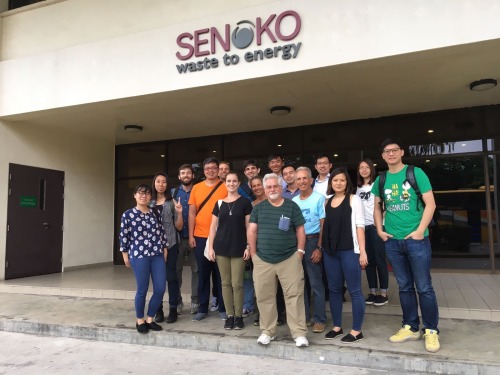
The SGIO #1 group in front of the visitor center (Unfortunately no photography allowed inside the plant). Click here for a very cool 360 degree photo of the SGIO group made by Ben Gleitzman.

Senoko WTE Plant from afar

Senoko WTE Diagram

General WTE Plant Diagram
About Senoko WTE Plant
The Senoko WTE plant is Singapore’s largest incineration plant with a contracted capacity of 2,310 tonnes / day (although the average intake is apparently less at about 1,700 tons/day). It produces 40-45 MWh/day on average (via two condensing steam turbine generators with a stated capacity of 2x28MW; only a fraction of neighbouring Senoko gas power plant with 1,300MWh/day).
Senoko WTE is located in the North of Singapore and is the only incineration plant outside of Tuas (Western tip of Singapore).
It was built in 1992 and privatised in 2009 with a 15-year O&M contract to Keppel Seghers as part of which the plant saw a major refurbishment in 2012 to install updated flue gas treatment systems. Senoko’s license runs out in 2023 after which the area is planned to be converted into a waterside park for residential development in the area. Thereafter, Singapore’s waste management will be concentrated in the Tuas area and complemented by a new integrated waste treatment plant (IWMF) to be developed by 2027.
All WTE plants together produce about 3% of Singapore’s electricity needs. However, their main purpose is waste volume reduction, which they achieve at rate of ~90%.
After incineration, the ashes are transported to the Tuas Marine Transfer Station, from where barges transport them to Semakau Island, Singapore’s only landfill, expected to fill up by 2035.
Reflection
Are WTE/Incineration plants a good way to dispose urban refuse? The answer is probably Yes and No.
Yes, it is an efficient, fast and reliable way to handle the huge amount of waste that a city like Singapore produces. It reduces capacity pressure on landfills and prevents methane emissions usually occurring at landfills. It allows for controlled treatment of harmful components in the flue gas treatment systems.
However, while the same WTE suggests electricity production and the plant does supply electricity to the grid, WTE seems to be more of a marketing term for waste incineration. There is very little net electricity actually being produced from the waste. 40-45MWh electricity produced per day out of 1700 tons of waste input means 26.5KWh / ton, which at current consumer retail price of 0.22 KWh has a value of only 5.83 S$ /ton. Contrast that to the tipping fee for Senoko WTE Plant of 81S$/ton and it’s clear that WTE contributes only a small fraction to the economics of the incineration plant. The high moisture content of refuse (particularly the organic portion) is probably the largest limiting factor to net electricity output. The new IWMF plant aims to address this issue with a connected anaerobic digestion facility to produce methane from the separable, organic portion (only <5% of waste incineration volume though).
There are more questions that should be considered, for example: Should incineration be the default or should it be a last-resort for un-recyclable materials? How toxic are the ashes that are transported to the landfill?
Other Interesting Insights
- Tipping fees as well as power generation revenue go directly to NEA; Keppel Seghers, the private operator, only gets an O&M fee and revenue of scrap metals sale
- About 150 employees & contractors at the plant including several handling / operations processes such as operating the waste cranes
- Senoko Operations Overview:
- 500-600 trucks per day bring refuse to the plant and unload at tipping bays
- Refuse bunker holds 15,000 tons of waste as temporary storage before incineration
- Incinerators burn refuse reducing volume by up to 90%, once running, incineration continues without additional non-refuse fuel input
- Heat is used to power steam turbines for electricity production; flue gases are treated in series
- Ashes are transported via 20-25 trucks to marine terminal for transport to landfill
- There is no recycling at the plant (except for scrap metals after incineration). Anything thrown into general waste (refuse chute) goes straight to the incinerator. A common criticism of Incineration plants found online therefore is also that they reduce incentive for recycling. However, the plant engineer pointed to upstream responsibility for better recycling and Singapore has indeed made quite some efforts to strengthen recycling at household/consumer level, primarily through the 3R campaign framework.
- Considerable portion of the recyclable waste is made un-recyclable through contamination and ends up at incineration plant. Bulky items (like beds, furniture, appliances) are not allowed at incineration as they are too large for feed input. Hazardous industrial waste is not allowed at the incineration plants but has to be disposed off at specific incineration plants equipped with more sophisticated filter and control systems to remove pollutants and contaminants.
- Luxury brands dispose their unsold stock directly at the plants requiring certificate of destruction to ensure scarcity of their products
- Refuse bunker a good indicator of the season (e.g. Christmas decoration, durian shells and increased volume during occasions such as CNY, Deepavali, Hari Raya etc.)
- Air from refuse bunker (including Methane emmissions) are channelled into the incineration chamber for combustion instead of being released – that’s smart.
- How the variability of the refuse input (e.g. materials, calorific content, moisture) is normalised to allow for consistent incineration and power production is (unfortunately) under commercial confidentiality and the engineer couldn’t share any information about pre-treatment/drying of refuse or whether anything happens in between the refuse bunker and the incinerator, but the building is definitely much larger than what we were able to see… :)
Further interesting resources on the topic:
- The Senoko WTE Website provides good overview
- Keppel Seghers WTE plant brochure
- Incineration Plant Video (via NEA)
- Singapore’s
Solid Waste Management Infrastructure (via NEA)
- An Overview of tipping fees for the 4 incineration plants (via NEA)
- IWMF Brochure
- IWMF
Overview Slides
- Recycling
and Sustainability: Paper Cup vs Styrofoam
- Interesting research on the topic from across the board (Economical and Environmental Impact of Waste-to-Energy (WTE) Alternatives for Waste Incineration, Landfill and Anaerobic Digestion)
- UK discussion paper on pros and cons of Waste-to-Energy incineration
- Presentation on Energy from waste in Thailand with reference to Singapore plants
- Two other
interesting write-ups from other groups visiting Senoko WTE
